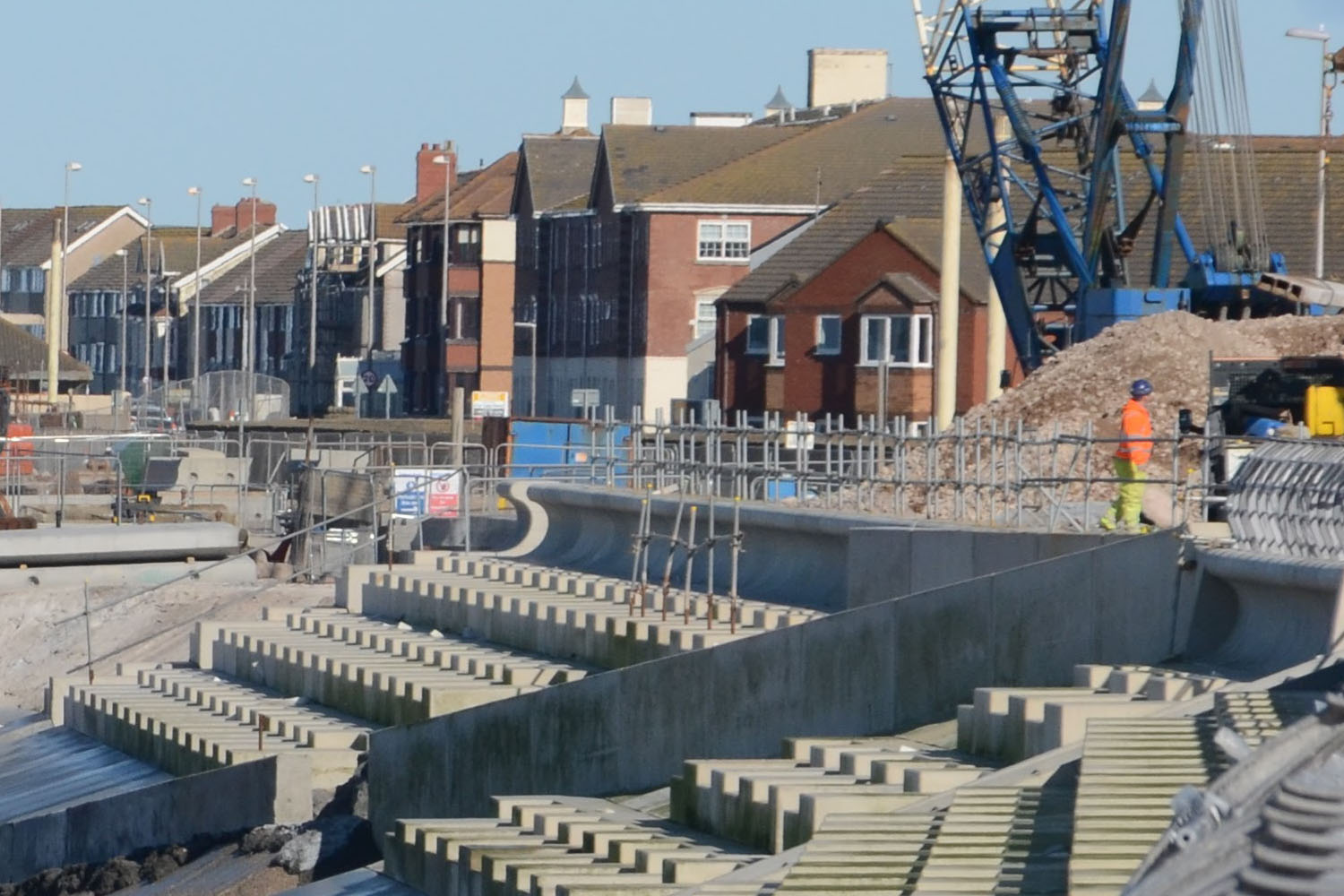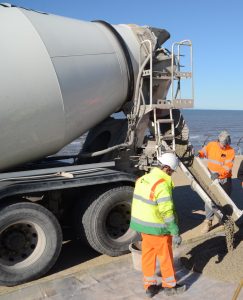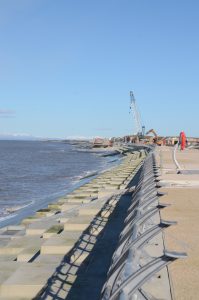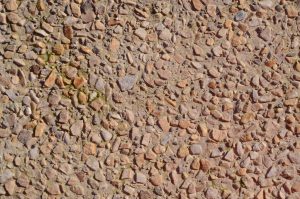
Holding back the tide
Increasingly severe weather and a rise in catastrophic flooding have caused millions of pounds in damage to property, infrastructure and business over the last decade. The combined effects of climate change, population growth and rapid urbanisation are increasing the risk of even more disruptive flood events in the future. Jeremy Greenwood reports.
 With a marine frontage of around seven miles, the Fylde coast in Lancashire is prone to high tides and fierce storms. For a region frequently battered by the elements, maintaining sea defences along the tumultuous stretch of coastline is crucial to protecting local communities and infrastructure from flooding and coastal erosion.
With a marine frontage of around seven miles, the Fylde coast in Lancashire is prone to high tides and fierce storms. For a region frequently battered by the elements, maintaining sea defences along the tumultuous stretch of coastline is crucial to protecting local communities and infrastructure from flooding and coastal erosion.
To ensure that 12,000 homes at risk of serious flooding are protected, Blackpool and Wyre Councils have teamed up with the Environment Agency to form the Fylde Peninsula-Coastal Programme (FPCP). With plans to shore up two at risk coastal stretches, the partnership has secured £86m in funding and is poised to deliver one of the largest major flood defence projects in the UK.
Drawing funds from both Defra and the Environment Agency, the programme will see the construction of new sea defences at two key locations, Rossall and Anchorsholme. While the two have very different needs, both require an innovative concrete solution and main contractor, Balfour Beatty, brought Tarmac on board to deliver the concrete material.
Sea defences
In Anchorsholme, the one kilometre coastal sea wall needs to be replaced between Cleveleys and Little Bispham. At a cost of £20m the project is targeted for completion in late 2016. At present, the main north-south road is sandwiched between the sea wall and important rear flood defences.
The team has been tasked with the construction of a brand new concrete wall; higher and with deep steps built into it to disperse the assault of breaking waves. Combined with an elevated promenade, the new approach will significantly reduce flood risk to the area.
Pre-cast units, each weighing in at around 14 tonnes are being used to form the backbone of the defensive wall and part of Tarmac’s job was to find a blend of concrete to secure these in place. However, a number of challenges threatened to hamper progress and unpredictable tides sought to constantly undo each day’s work. Digging started each day after the tide went out and the team had to work quickly to pour the concrete before it came back in.
“We had a really small window for when we could pour so we covered the joints of the concrete with a layer of sand to try and protect them from the waves. Each day’s work seemed to be a real battle against the clock,” says Russell Marsden, external account manager, Tarmac.
Quality aggregate
Another challenge came in finding a quality aggregate that would stand the test of time. Abrasion tests, carried out by Balfour Beatty and Manchester University, identified aggregate from a quarry in Ireland as the most suitable for the job. Using this aggregate ensured that the different areas of concrete abraded at the same rate.
“Getting the aggregate from Ireland to Lancashire proved to be a pretty sizeable
logistical challenge. We’re used to getting deliveries from local sources that can reach us in a matter of hours. But now we have to factor in shipping the product across the Irish Sea. It can take up to five days to receive delivery of the aggregate from point of order so we have to be really careful to manage timescales effectively,” continues Marsden.
Once received, the aggregate had to be blended before being sent to Tarmac’s Yorkshire laboratory for trial mixes. Technicians developed a bespoke blend of Toproc using the specified aggregate, creating an extremely high performance concrete that gains strength quickly and is especially dense and durable.
Stronger concrete mix
“We found the properties of the bespoke Toproc best matched those of the precast concrete units while standing firm against the impact of the Irish Sea. After just four days of lab testing the new mix was achieving strengths of over 61N and was ready to go for a site trial. Once we’d worked through a few teething problems with pouring the concrete on an incline, we were able to complete our first pour successfully” explains Marsden.
To date, Tarmac has supplied over 8,100m3 of concrete to the Anchorsholme project and with the project still ongoing, this volume is set to rise.
“Communication has been key to the success of this project,” says Simon Barker, project director, Balfour Beatty. “Our site team has built a strong working relationship with everyone at Tarmac, from shipping through to batching. Regular technical meetings mean we’re able to ensure that materials consistently meet the specification whilst complementing the surrounding environment.”
The next challenge for Russell and the team will be supplying concrete for the redevelopment of the raised promenade. With plans for exposed aggregate across the public walkway, a striking golden quartz blend has been ordered from Northern Scotland to boost the aesthetics of the new structure.
 “This project has held some real challenges for us. We’ve battled both logistics and the elements to provide a quality solution that will contribute towards safeguarding this part of the country for years to come” concludes Russell.
“This project has held some real challenges for us. We’ve battled both logistics and the elements to provide a quality solution that will contribute towards safeguarding this part of the country for years to come” concludes Russell.
Jeremy Greenwood is managing director of Tarmac Readymix.
